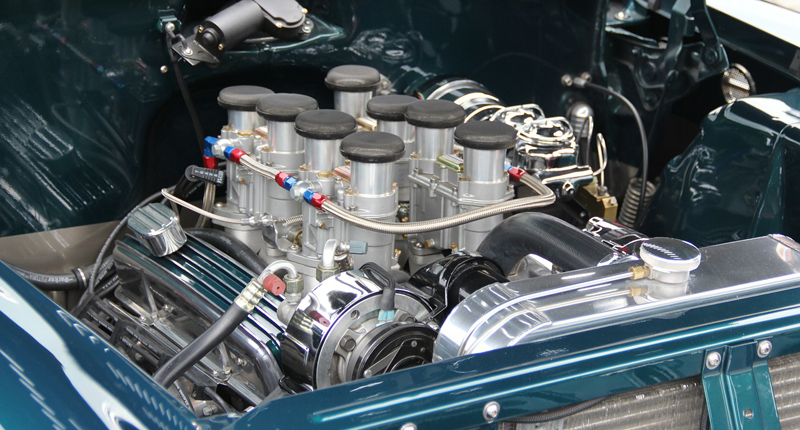Today, the vast majority of “ordinary†fossil fuel cars zipping about our urban roads employ a front-engine, front-wheel drive configuration. But that wasnâ€
No, before widespread fuel scarcity coaxed this now-popular configuration into mainstream reality, most vehicles had their engines sited at the front, with power channelled exclusively to the rear wheels. Of course, this layout still has its place today, with a number of upmarket marques and sporty vehicles relying on the traditional configuration.
No ad to show here.
So, letâ€
1. Front engine, front-wheel drive
Own a budget hatch? Chances are it falls into this – easily the most common today – category. If you treat your vehicle like an appliance, this layout is for you. Placing the engine up front to drive the front wheels has distinct benefits, chief of which is improved fuel consumption and efficient packaging.
Yes, with all the necessary greasy bits squeezed in up front, thereâ€
Thing is, asking the front wheels to both steer and put down the power has its downsides – particularly when that power is substantial. Torque steer (a pull of the steering left or right under hard acceleration) can make hot FWD vehicles hard to handle, while even braking ability is affected by the layoutâ€
2. Front engine, rear-wheel drive
Plonking the engine at the front and the driven wheels at the back generally (although certainly not always) serves up favourable handling characteristics. Itâ€
This setup also affords the front wheels the opportunity to focus on just one task: steering. That means thereâ€
Of course, there are also significant drawbacks to bear in mind. For example, the lack of constant, substantial weight over the driven wheels can reduce grip on unfavourable surfaces such as snow and ice. And the practice of sending drive to the rear often impedes on cabin- and boot-space. Rear-wheel drive (RWD) cars also tend to weigh more – further negatively impacting fuel efficiency – and theyâ€
3. Rear/mid engine, rear-wheel drive
Most vehicles that fall into this category are pretty exotic. Why do manufacturers so often choose this layout for their supercars? Well, the chief benefit is the favourable weight distribution (even more so than front engine, rear-wheel drive models). With the powerplant positioned somewhere near the middle of the vehicle (or set slightly back), engine weight is generally evenly carried by all the wheels, which results in an overall improvement in traction, balance and stability.
That said, the placement of a heavy engine somewhere near the middle of a vehicle – or even pushed back towards the rear – comes with a massive sacrifice of interior room (admittedly, this is rarely something that would worry the typical supercar owner). This configuration also makes engine cooling a little more complex, although the clever use of ducts and vents can often solve the problem.
Need some examples of vehicles employing the rear/mid engine, rear-wheel drive layout? How about the Toyota MR2, Lotus Elise and Alfa Romeo 4C? Or, in fact, all manner of Ferraris, Lamborghinis, and McLarens…
4. Front-engine, all-wheel drive
So, what happens when automakers blend front-wheel drive and rear-wheel drive? All-wheel drive, of course – a layout found in everything from softy SUVs and hardcore pickups to sporty sedans (such as the Subaru WRX STI and numerous Quattro-equipped Audis). The benefits, of course, largely involve improved handling and traction, whether on the tarmac or off the beaten path. Where the grip is less than ideal, the all-wheel drive (AWD) vehicle comes into its own.
Handily, many systems allow the driver to switch between configurations (often FWD and AWD or RWD and AWD), effectively tailoring the vehicle to the conditions (thereâ€
Sometimes, AWD vehicles arenâ€
5. Rear-engine, all-wheel drive
Does this admittedly uncommon layout really deserve its own section? In terms of actual examples produced over the past few years, perhaps not. But itâ€
This unusual configuration is sometimes applied to vehicles already employing a rear-engine, rear-wheel drive design. Like front-engine, all-wheel drive models, the benefits largely involve improved traction and handling, with most systems tending to be rear-biased. Super-sportiness is the order of the day, then…
So, which well-known automobiles boast the combination of an engine at the back and drive being sent to all four wheels? Well, several particularly hot Porsche models lead the list, although one of the most recognised examples is surely the Audi R8.
